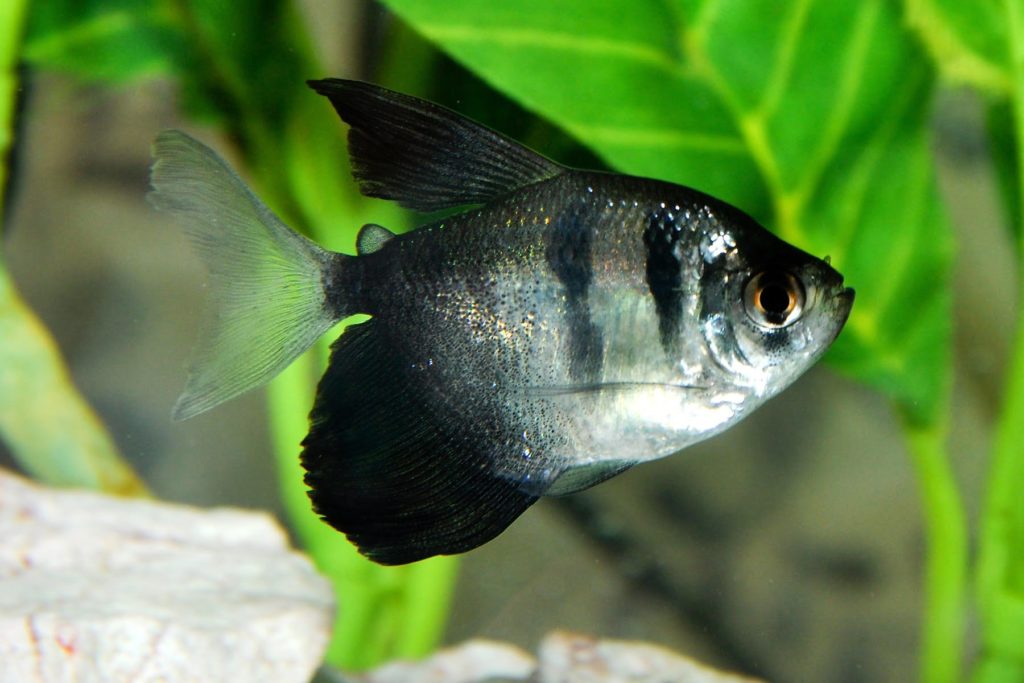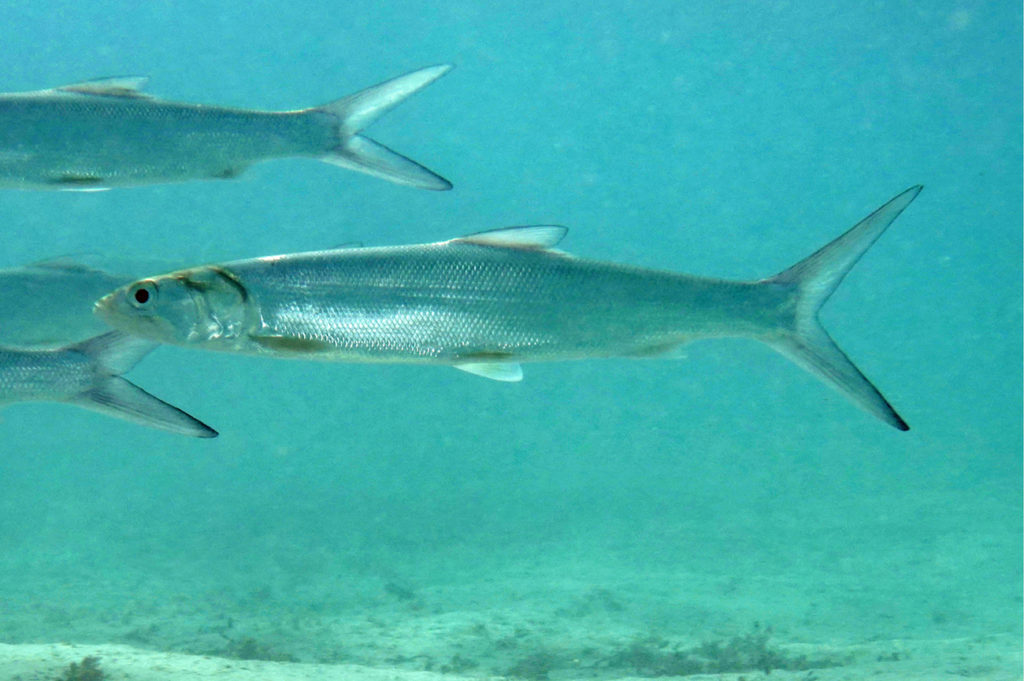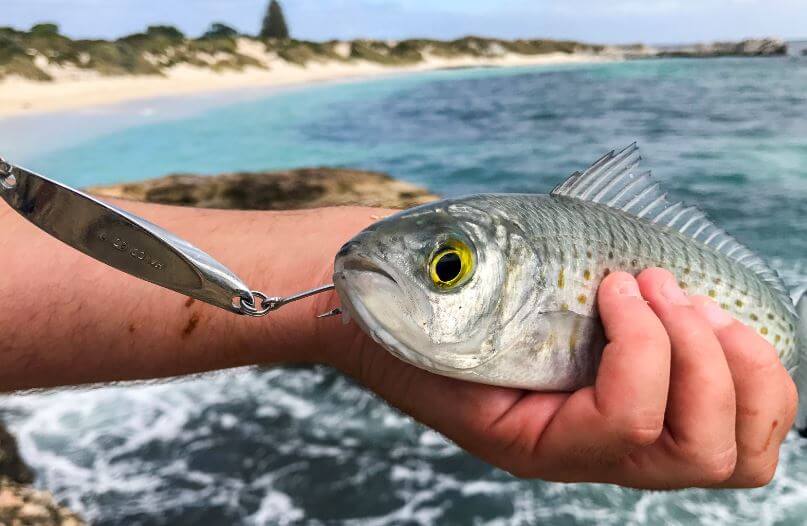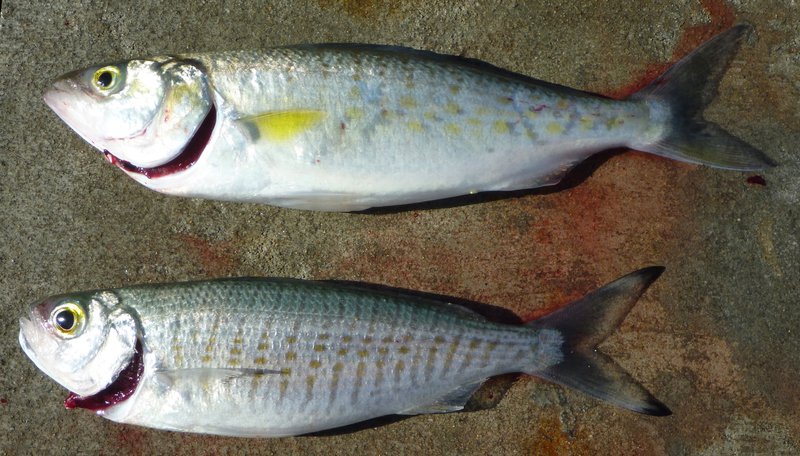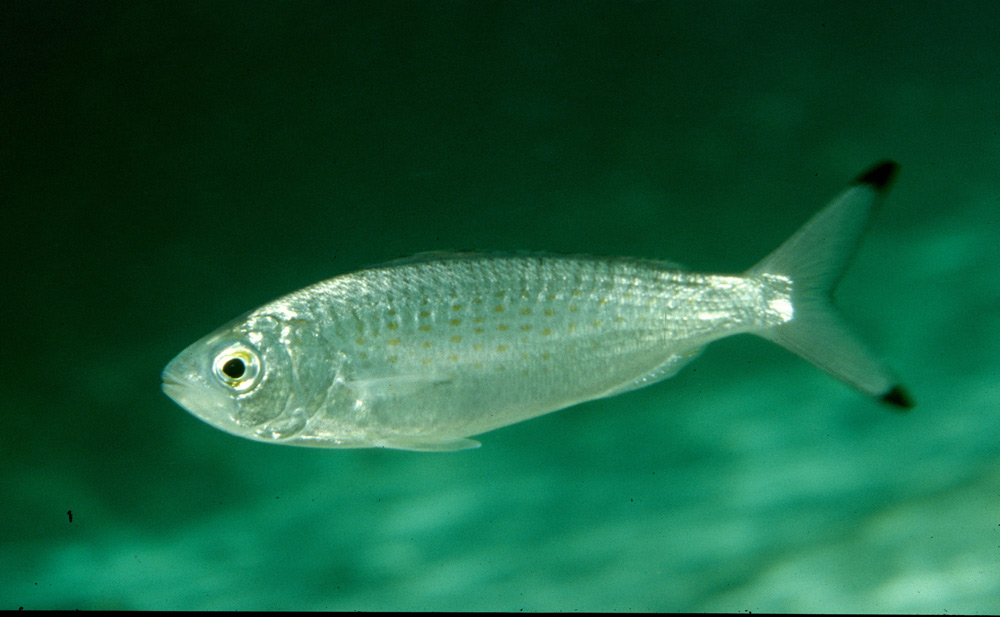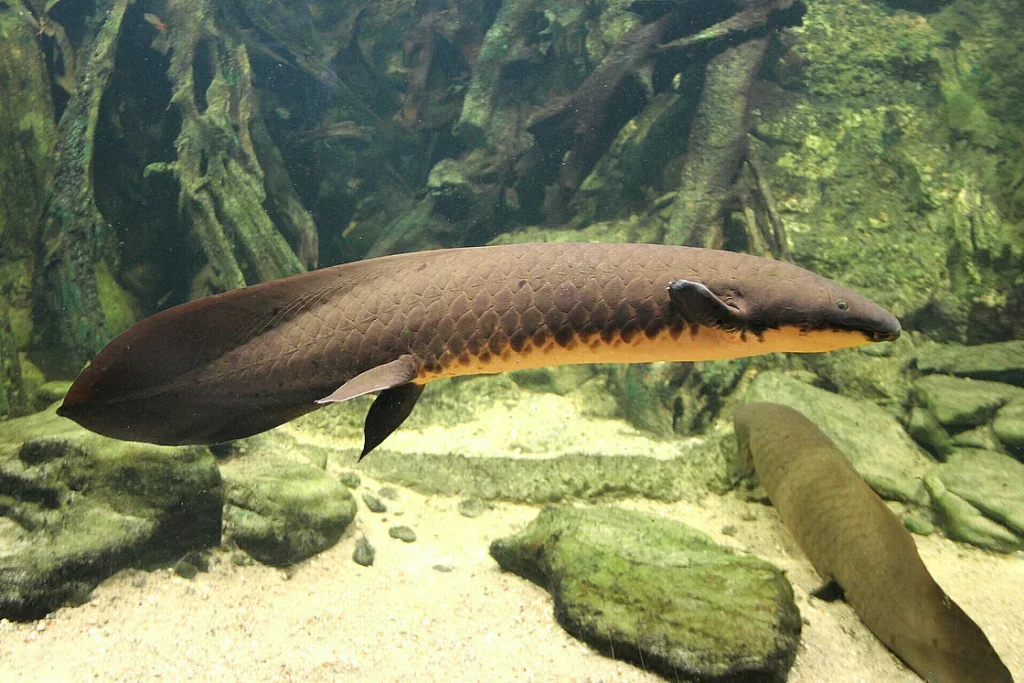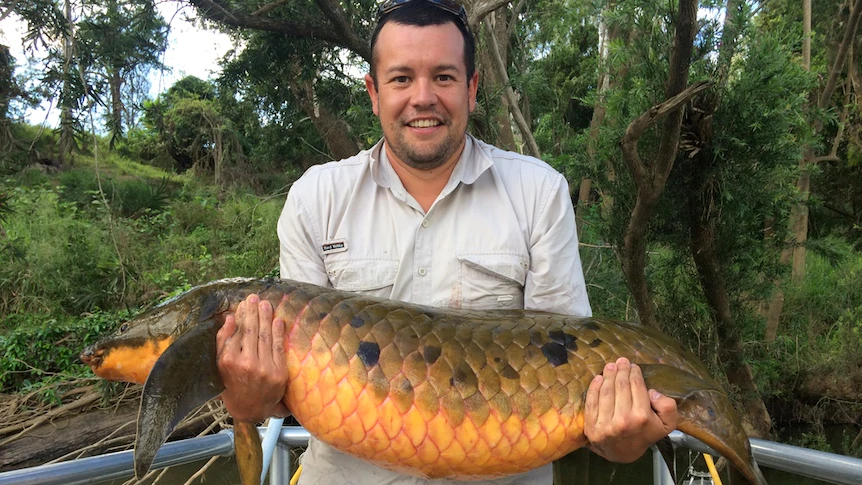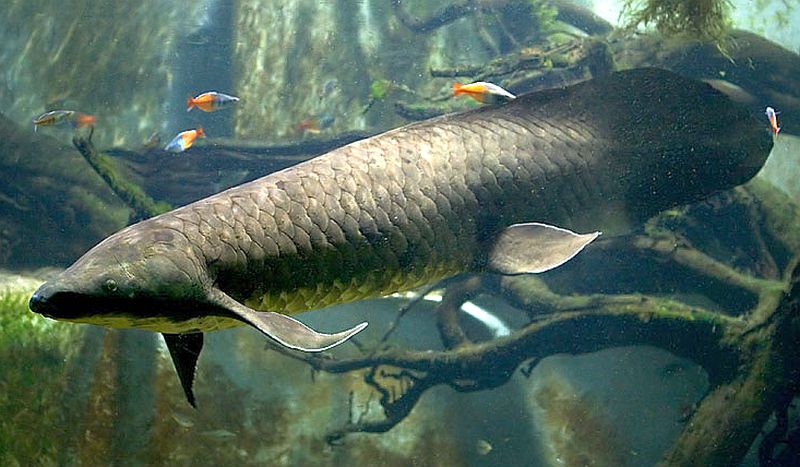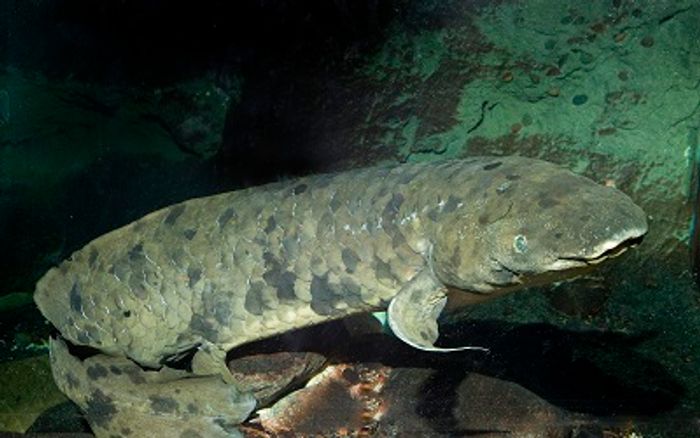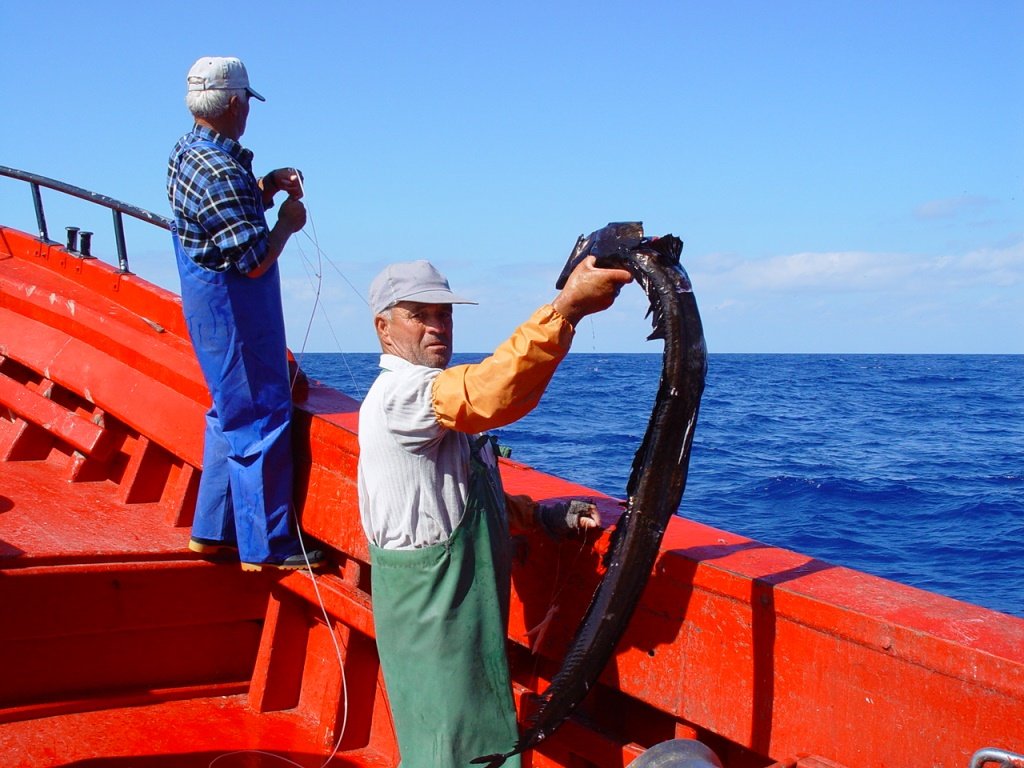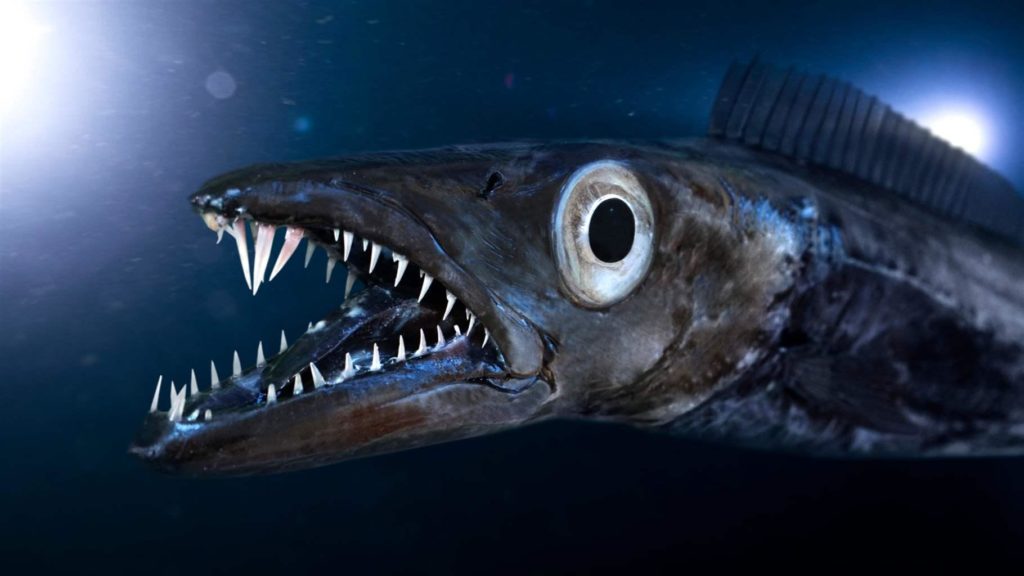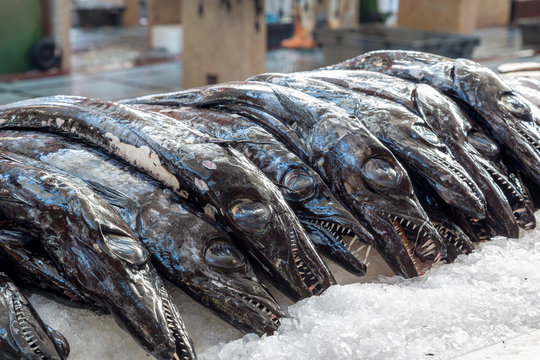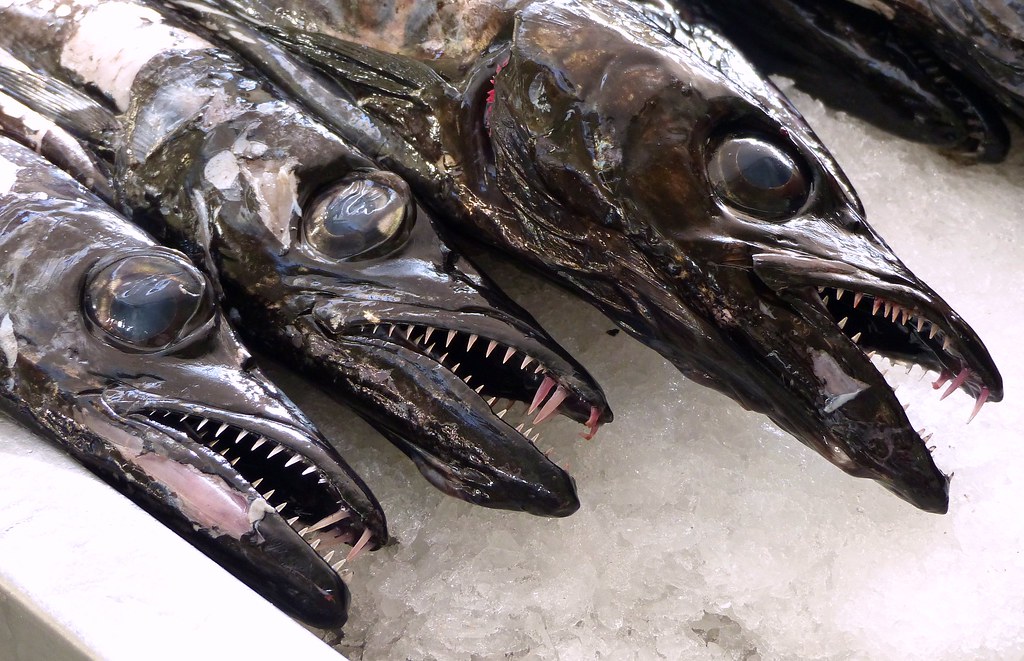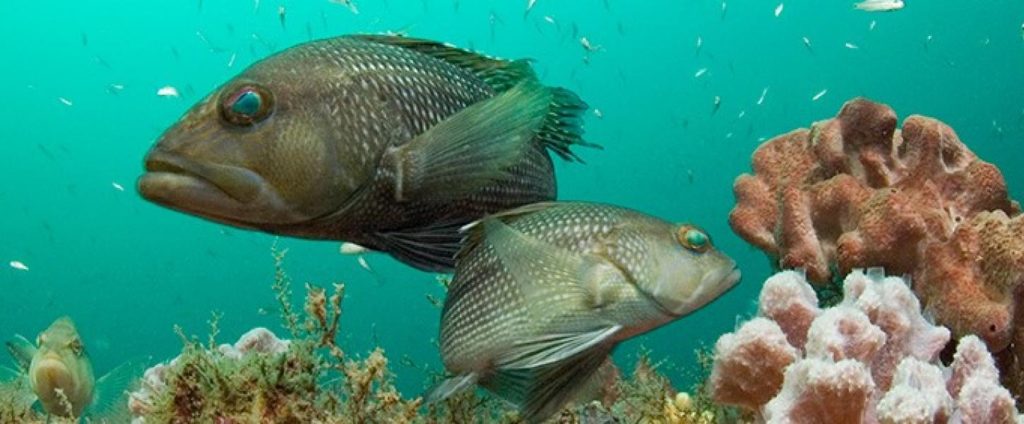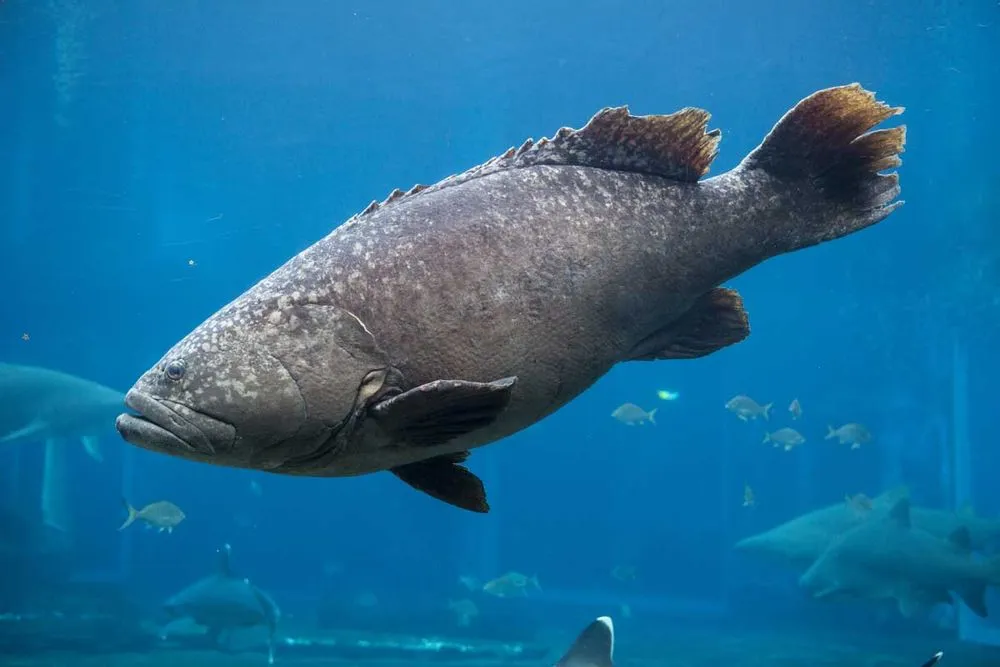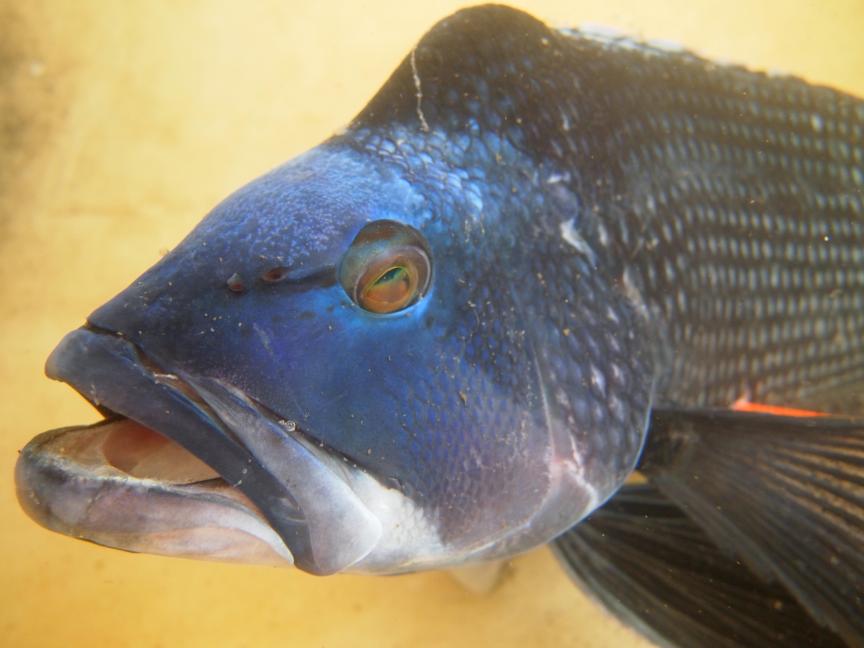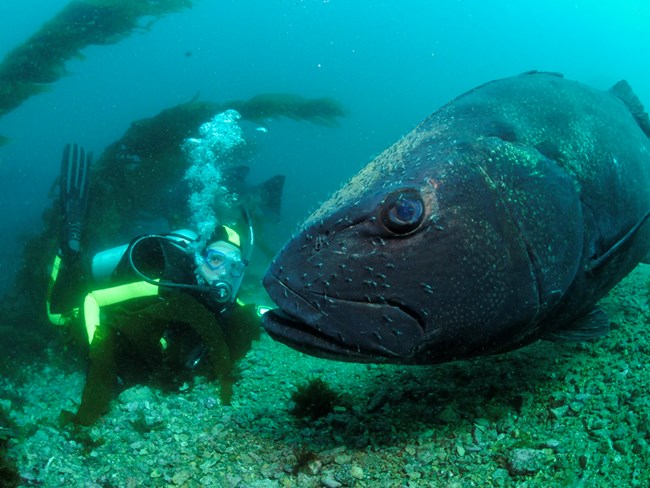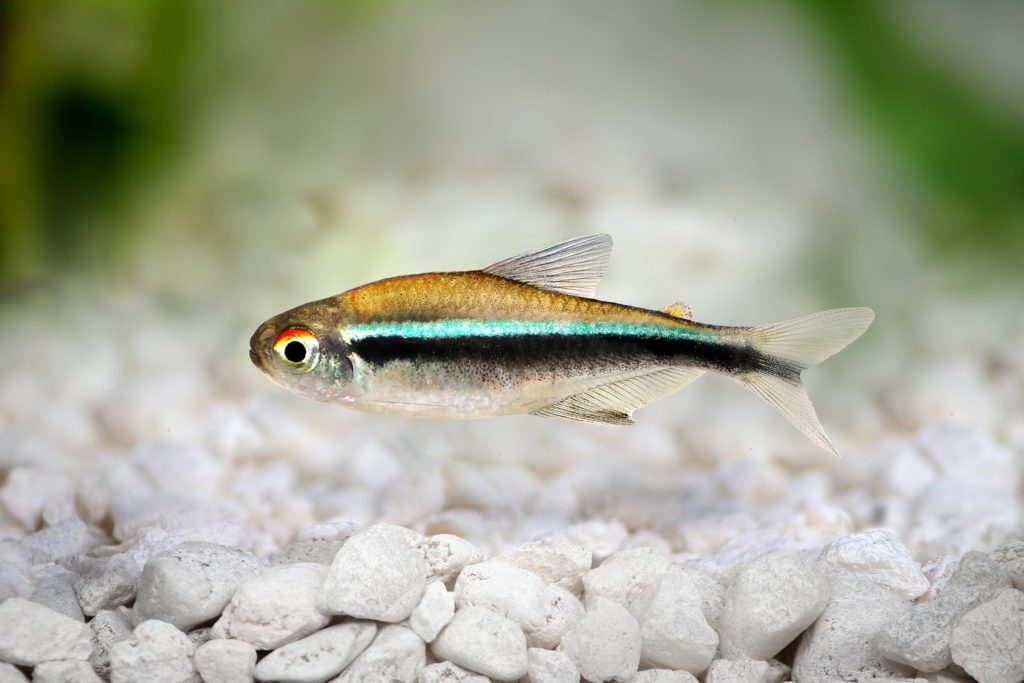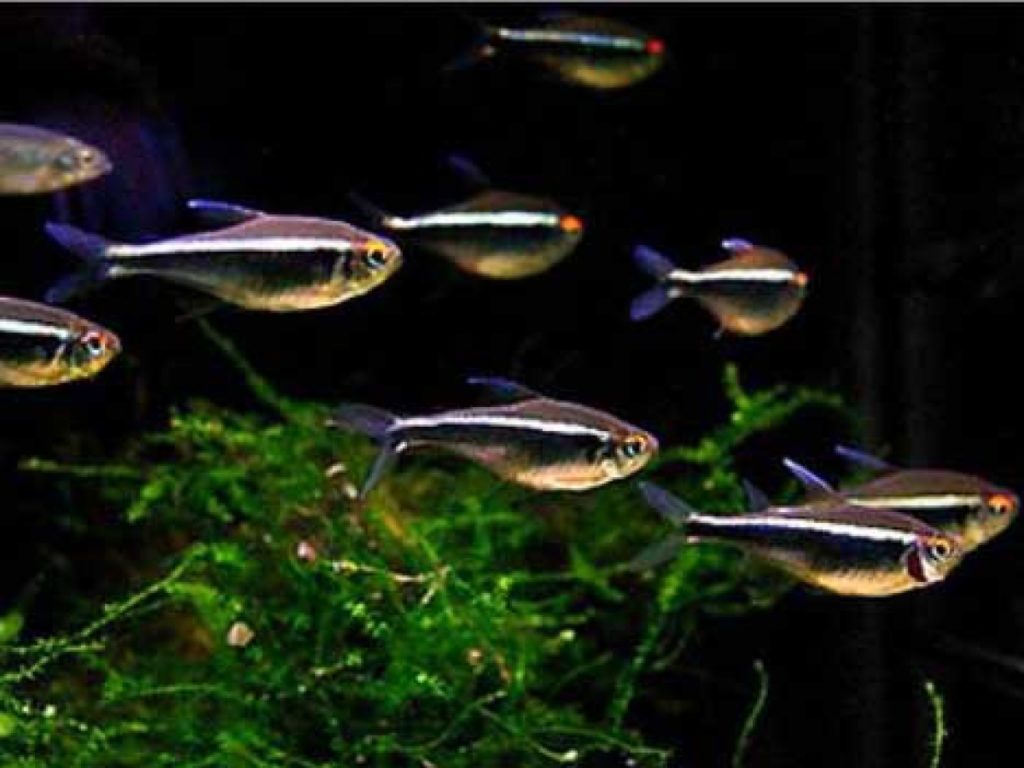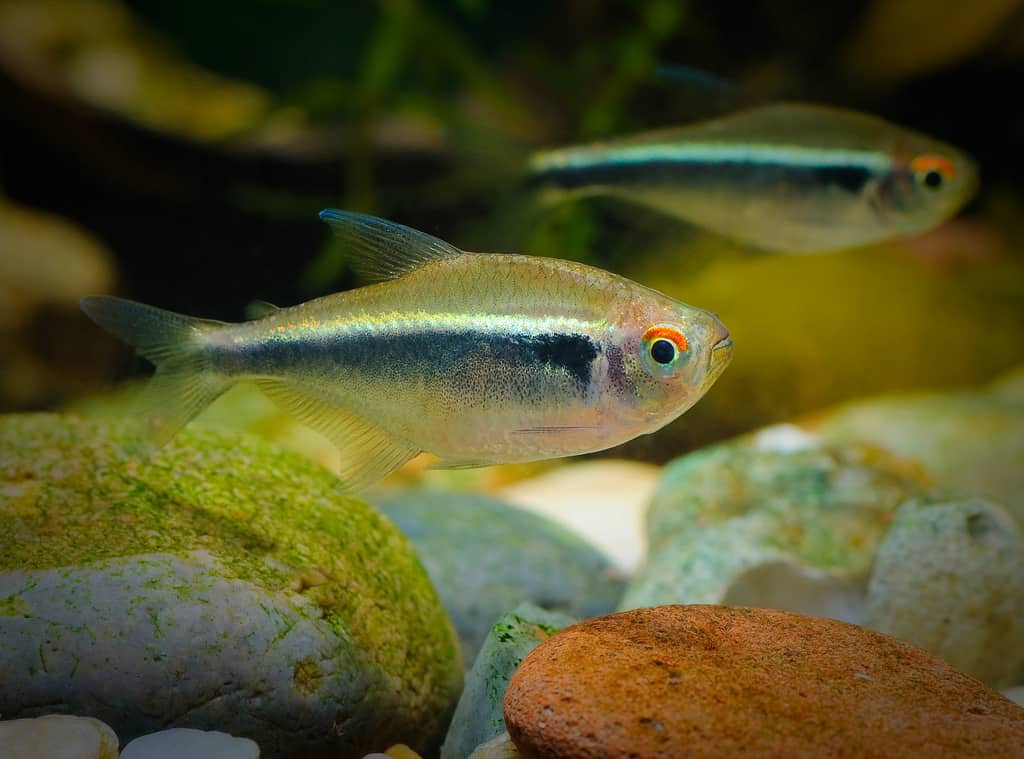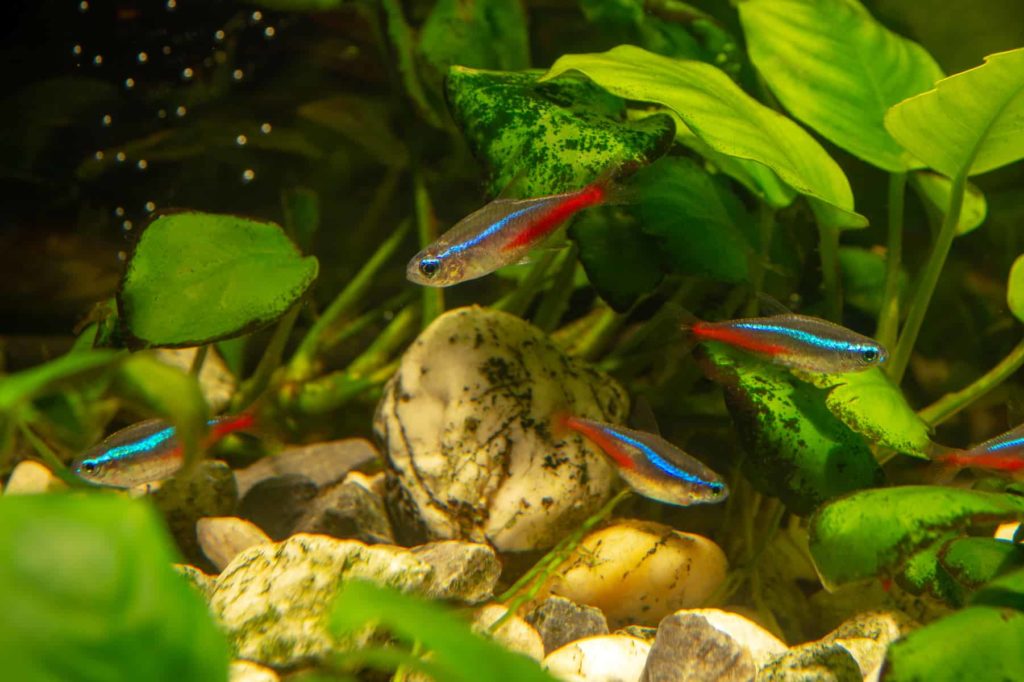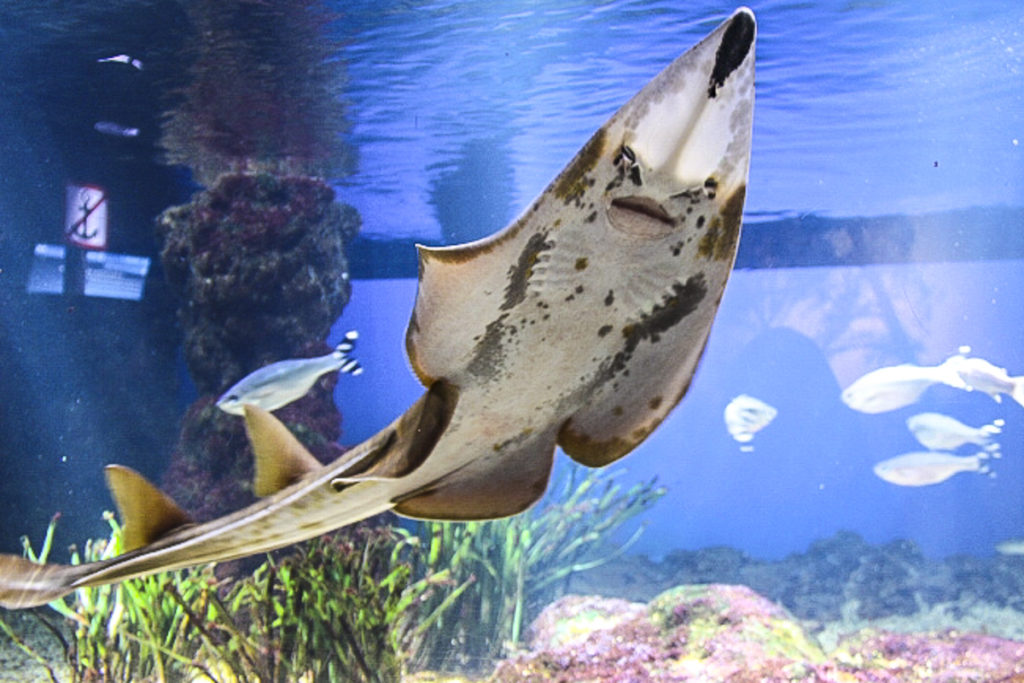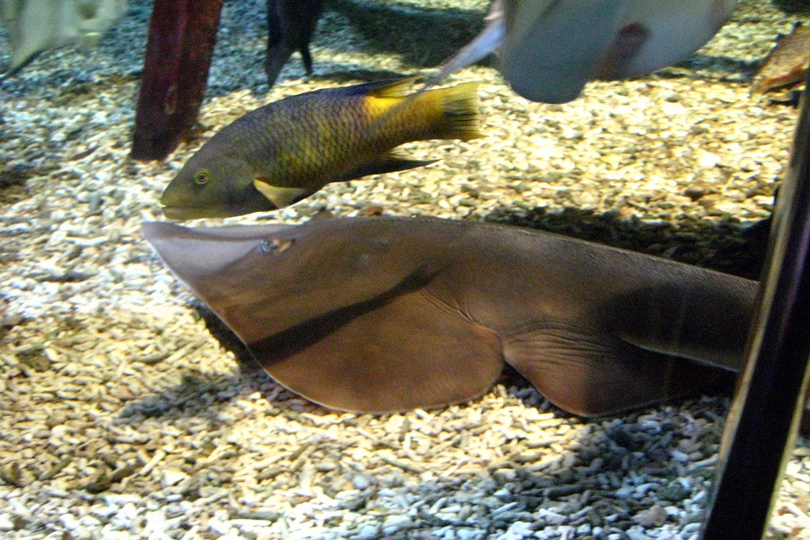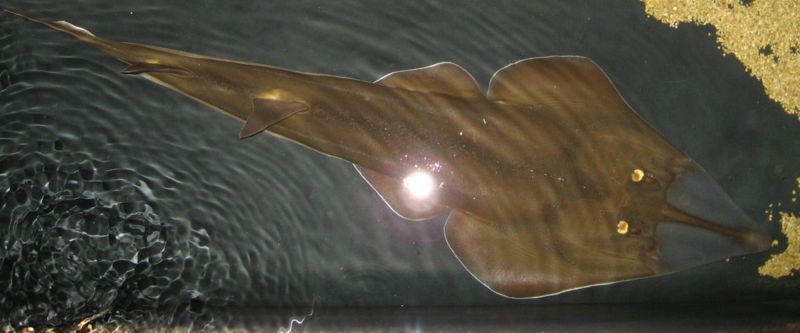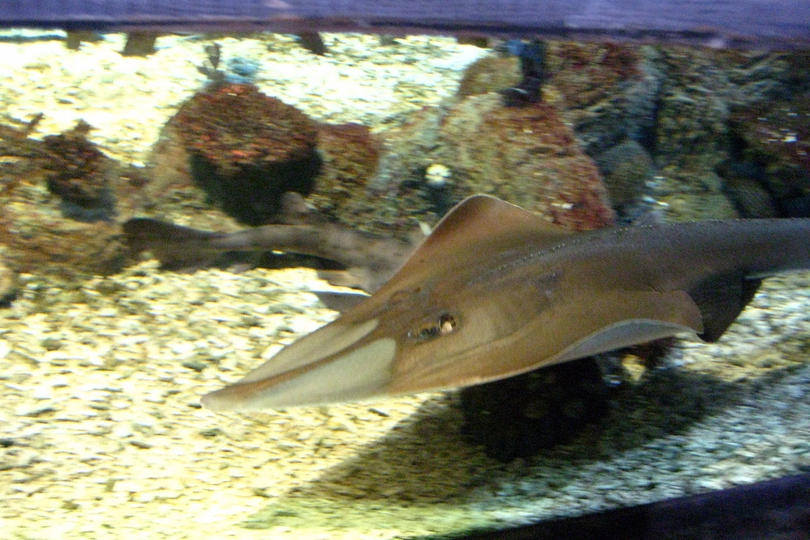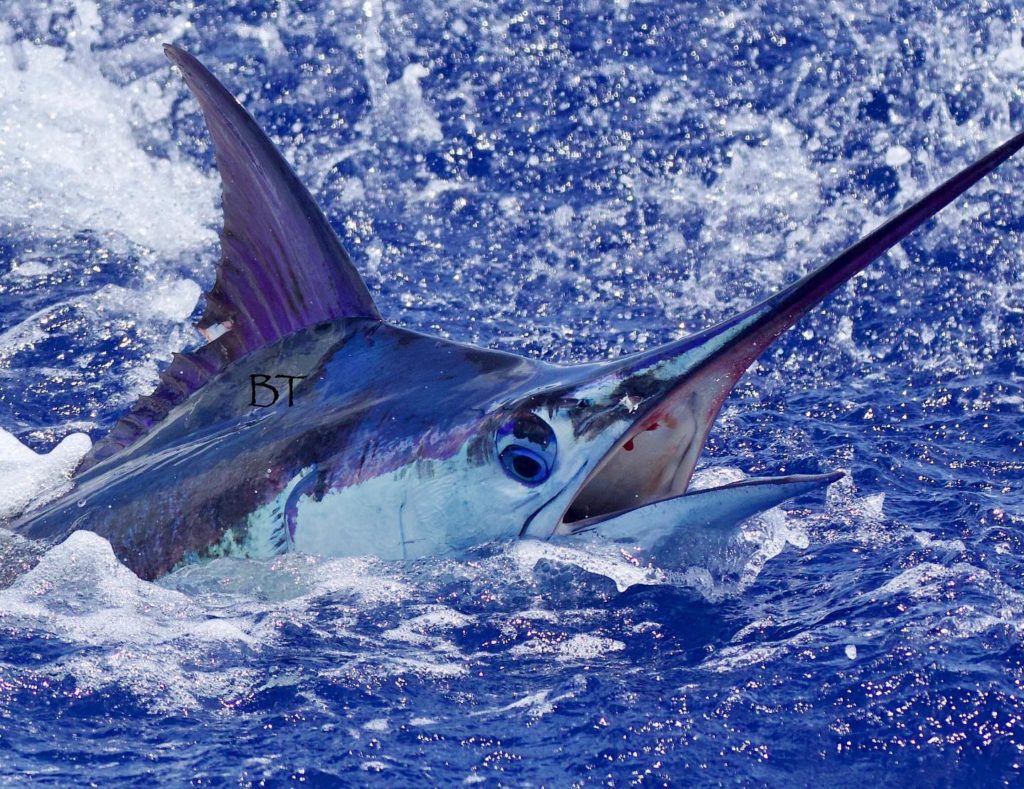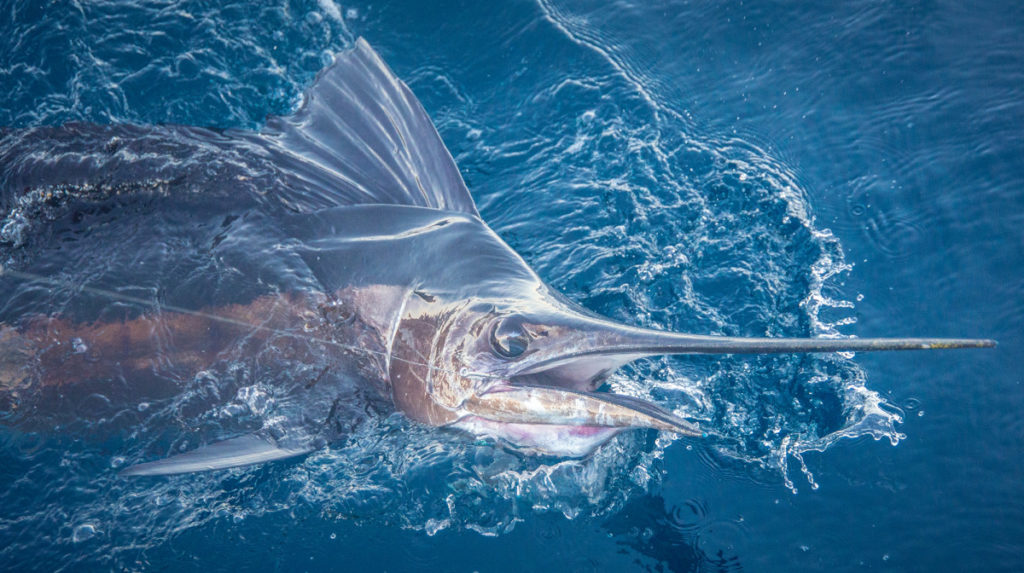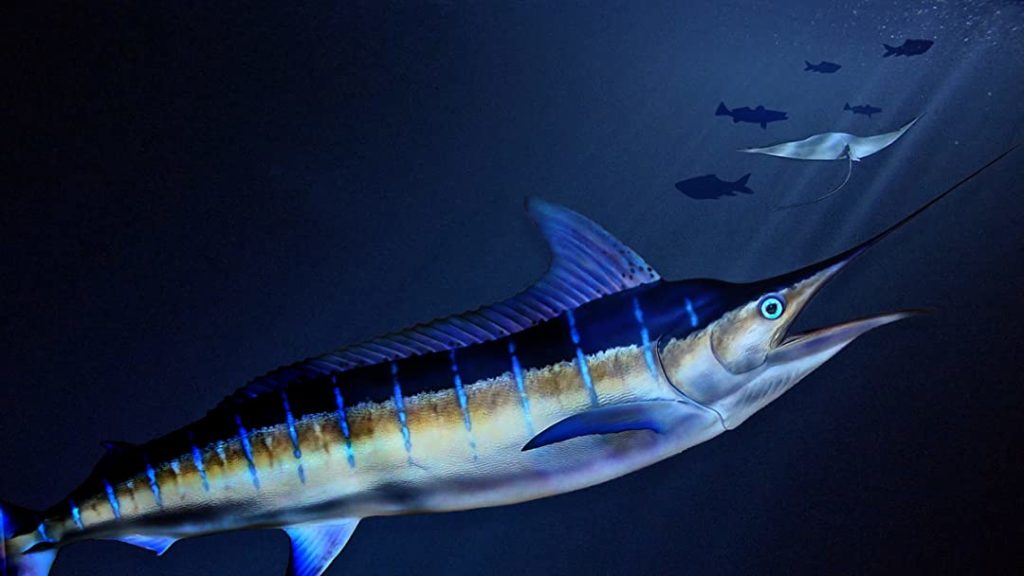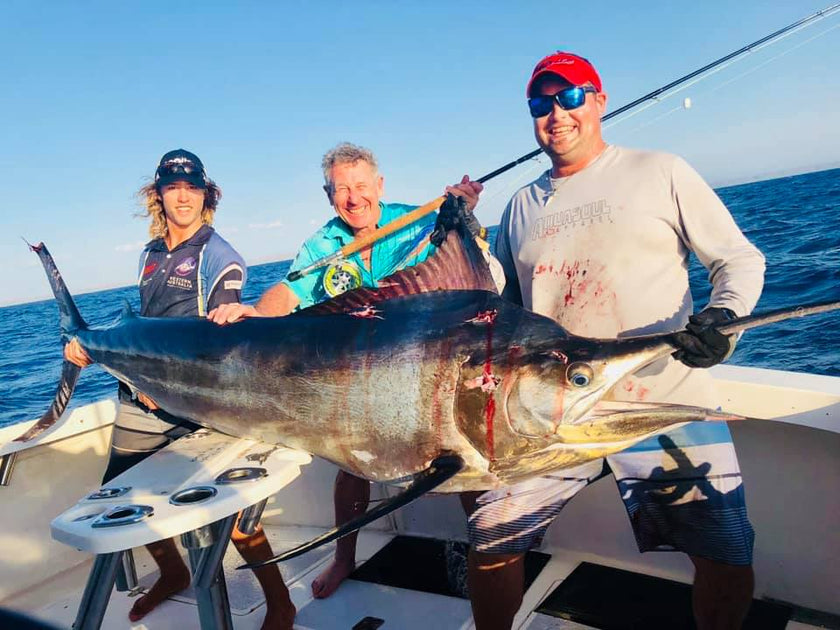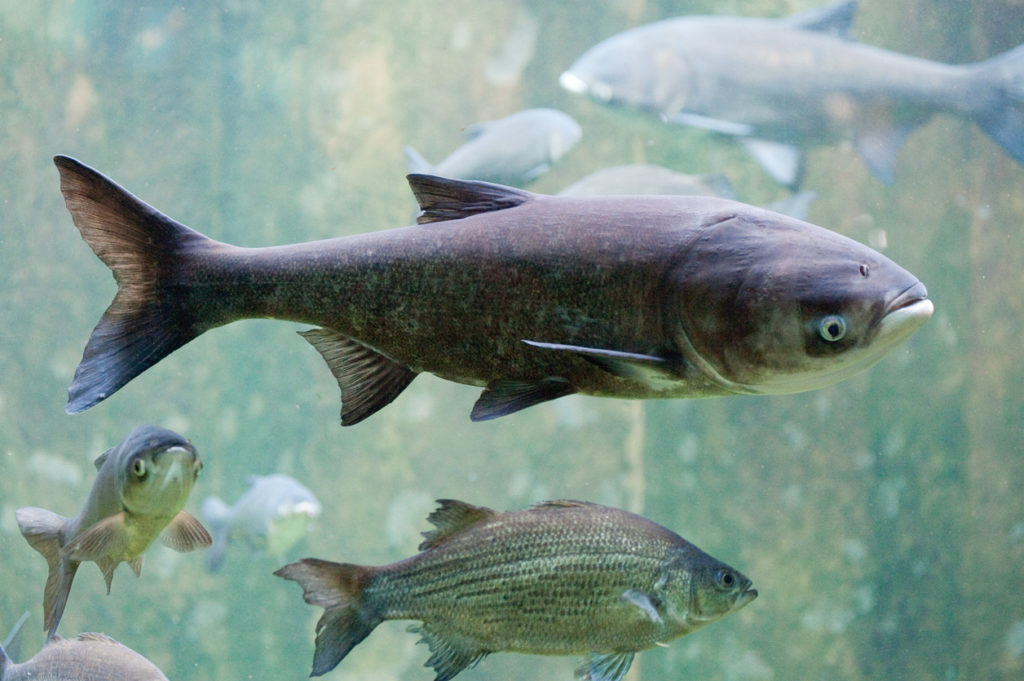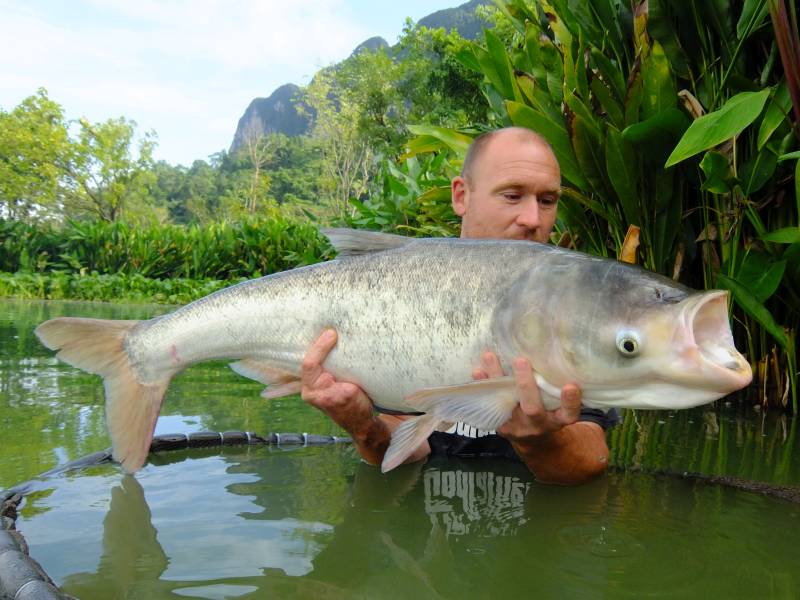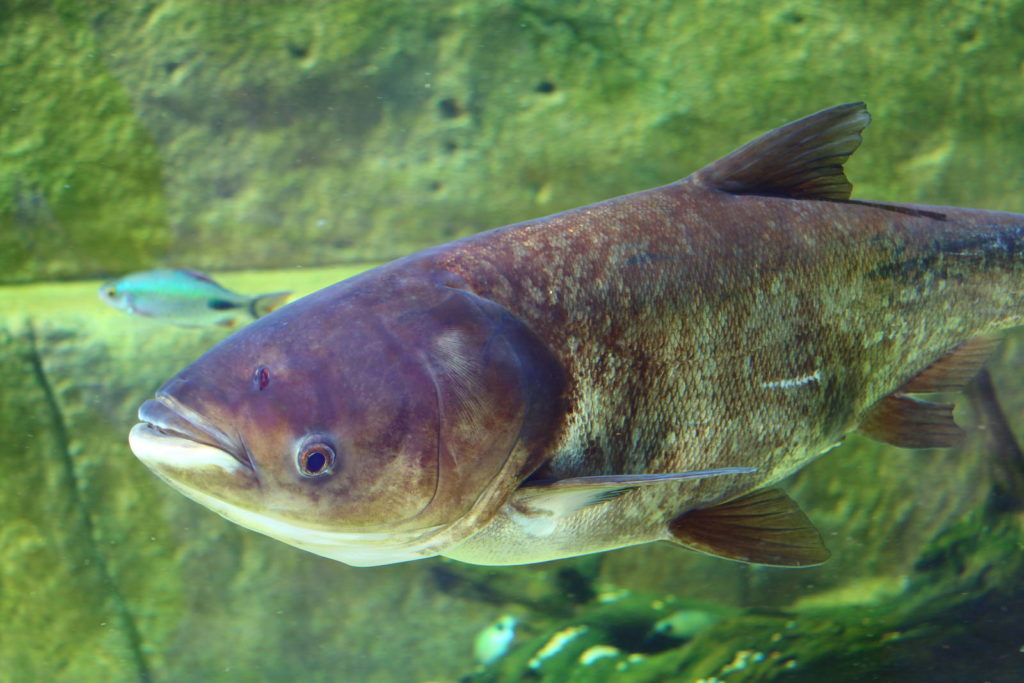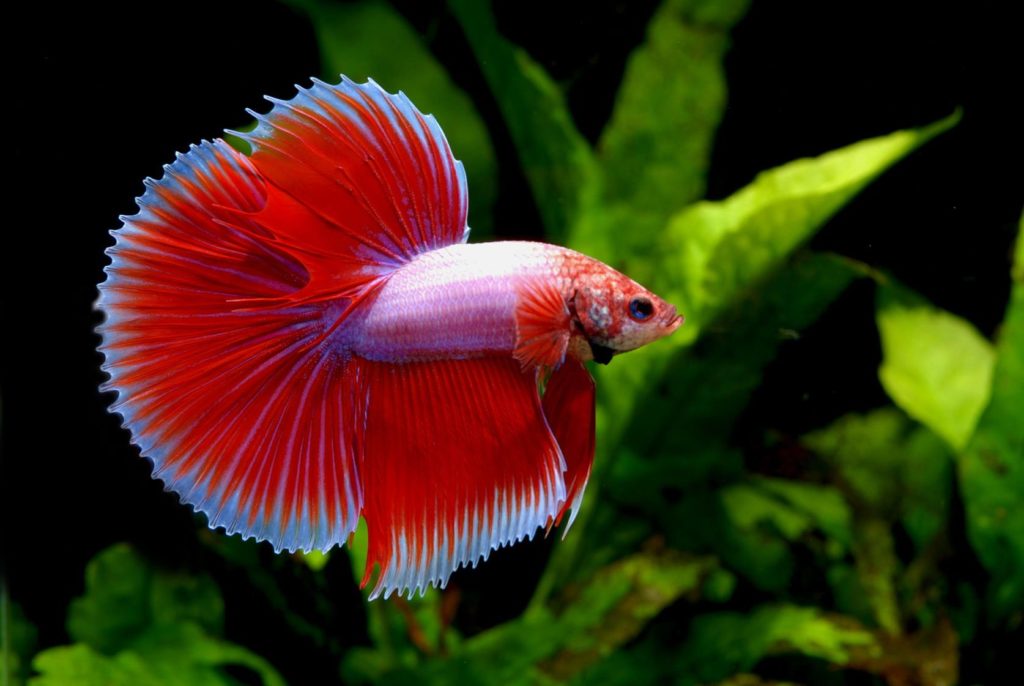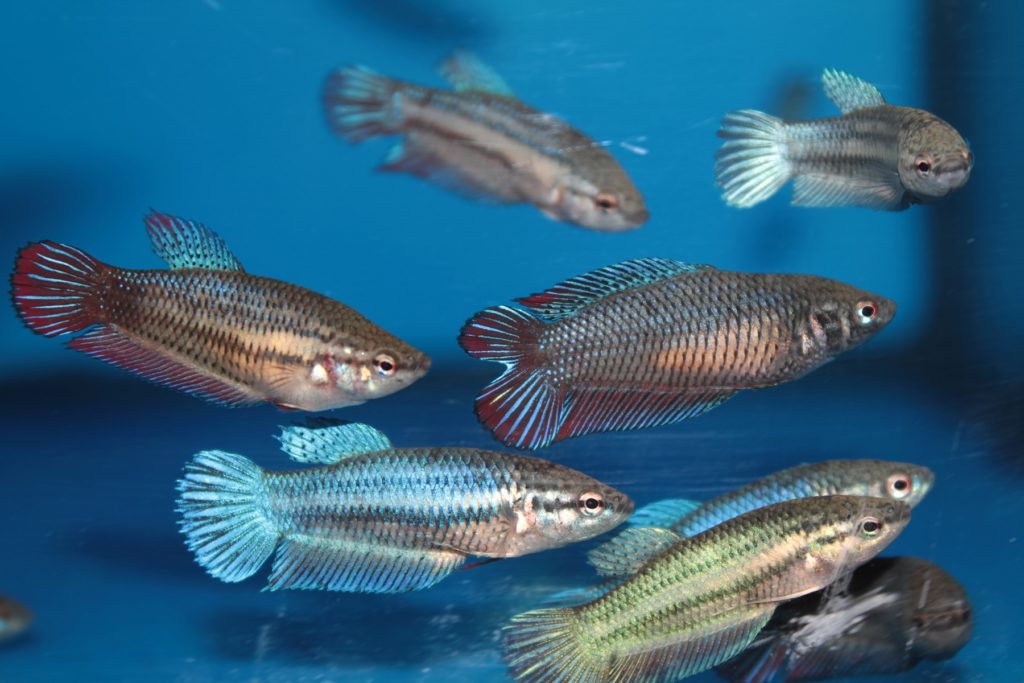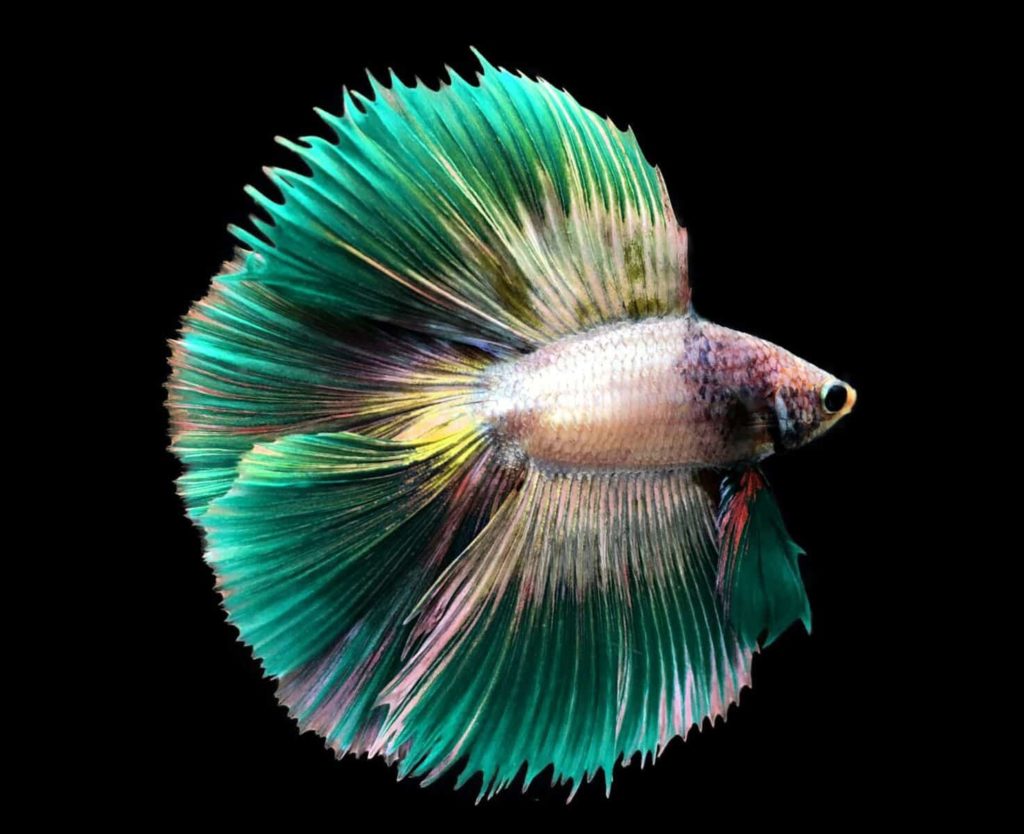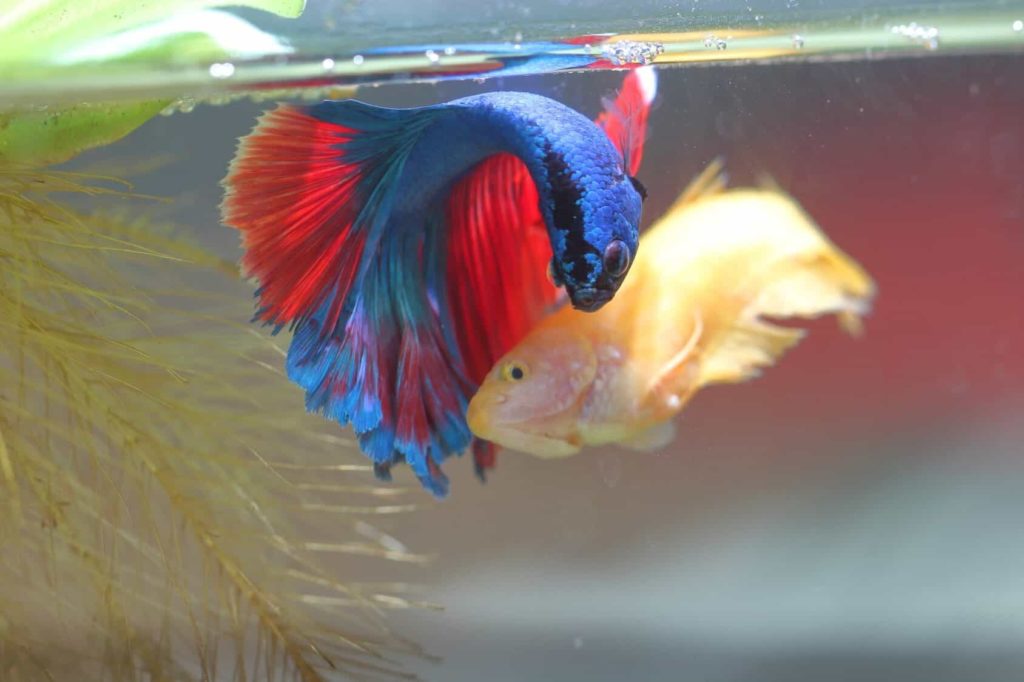The black skirt tetra (Gymnocorymbus ternetzi) is a freshwater characin fish that is also known as the black tetra, petticoat tetra, high-fin black skirt tetra, black widow tetra, and blackamoor (Characidae). It is native to the Paraguay River basin in south-central Brazil especially the Pantanal region, Paraguay, and northeast Argentina, but there are possibly introduced populations in the upper Paraná and Para ba do Sul Rivers.
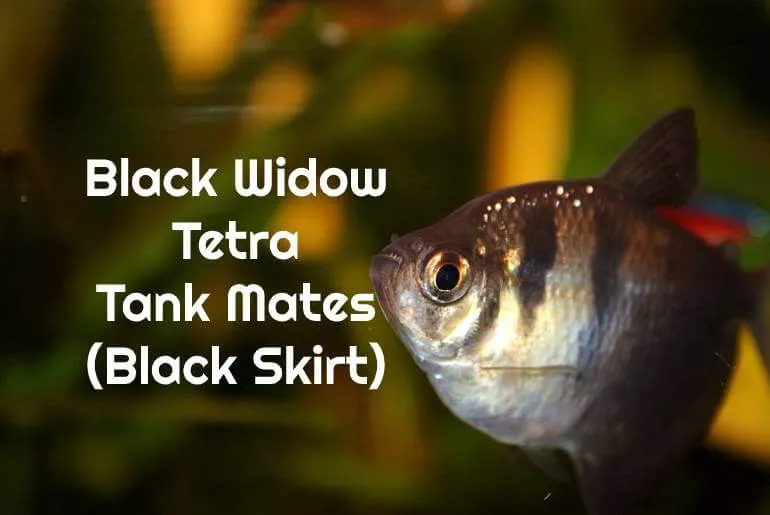
Previously, it was recorded from the Guapore River. Black Skirt Tetras (Gymnocorymbus ternetzi) are a special breed of tetra that has a darker coloration. These fish can be found in a variety of South American bodies of water. Black skirt tetra is a schooling fish.
While the wild black widow tetra is dark in color, examine the numerous colored variations that have been captive-bred. A healthy, happy school of fish requires at least six or seven specimens, but avoid keeping them with smaller species since black widows can nibble.
Body Description
The tetragonal shape of Black Skirt Tetras is well-known. At the front of the torso, they’re noticeably taller. The fish’s back end, on the other hand, tapers dramatically to the tail. Their fins add to the drama of their distinctive shape. The fin morphologies of these fish are highly different. The tailfin has a forked form and is fairly slender. The dorsal fin, on the other hand, is quite tiny and squared off.
A spectacular anal fin may be found on the bottom of the fish. It runs from the center of the body to the end of the tail. It gets thicker as it gets closer to the fish’s belly, giving it a unique shape. Black widow tetras are little tetras that grow to be around two inches long as adults. It’s a little more difficult to mate these fish than it is with other species. There are slight distinctions between males and females. At full maturity, a regular Black Skirt Tetra is roughly 3 inches long.
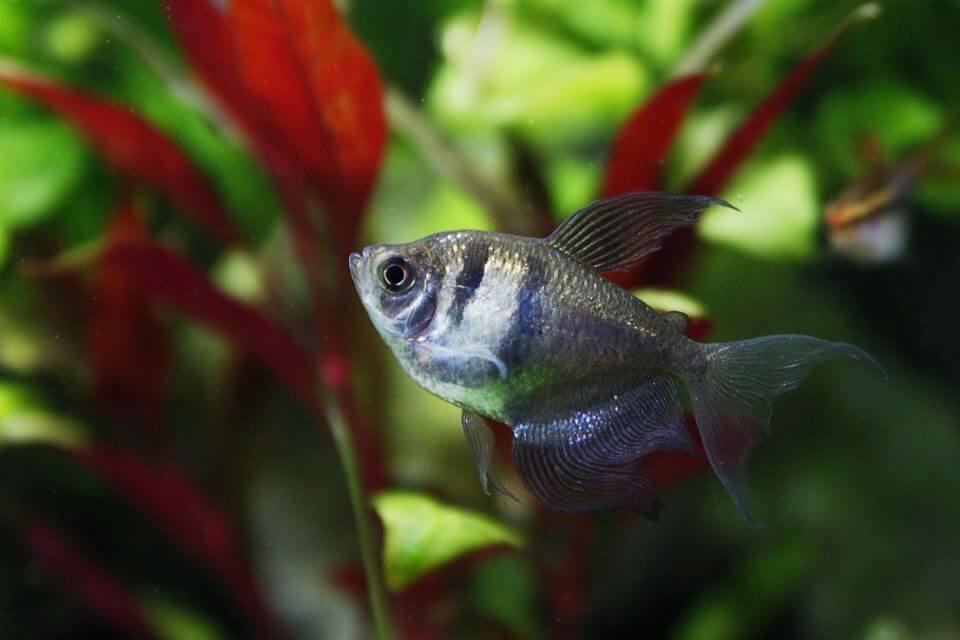
The normal dark coloration of the black widow tetra will gradually fade into a silvery gray once it reaches mature size, which takes about a year. When a fish reaches the age of five or more years, it is usually rather pale in color. When these fish are stressed or ill, they become pale as well. Grayish silver is the predominant color of the Black Skirt Tetra.
The head is lighter and more reflecting than the rest of the body, and it’s translucent. The gradient effect on the color gives the fish its unique moniker. That silver-gray tint fades to a darker black at the midsection of the body. On the front part of the body, there are two noticeable black stripes.
Behavior
- Black widows are a low-maintenance species that can adapt to a variety of environments, albeit they prefer dim illumination and neutral-colored gravel substrates.
- Black Skirt Tetras are calm and easygoing since they are used to huge vegetation in their natural habitat.
- No matter what the scenario is, they will rarely show signs of aggression. Because this is a schooling species, they tend to keep together and swim in synchrony throughout the day. They may, however, walk out and do their own thing now and then before rejoining the group.
Breeding
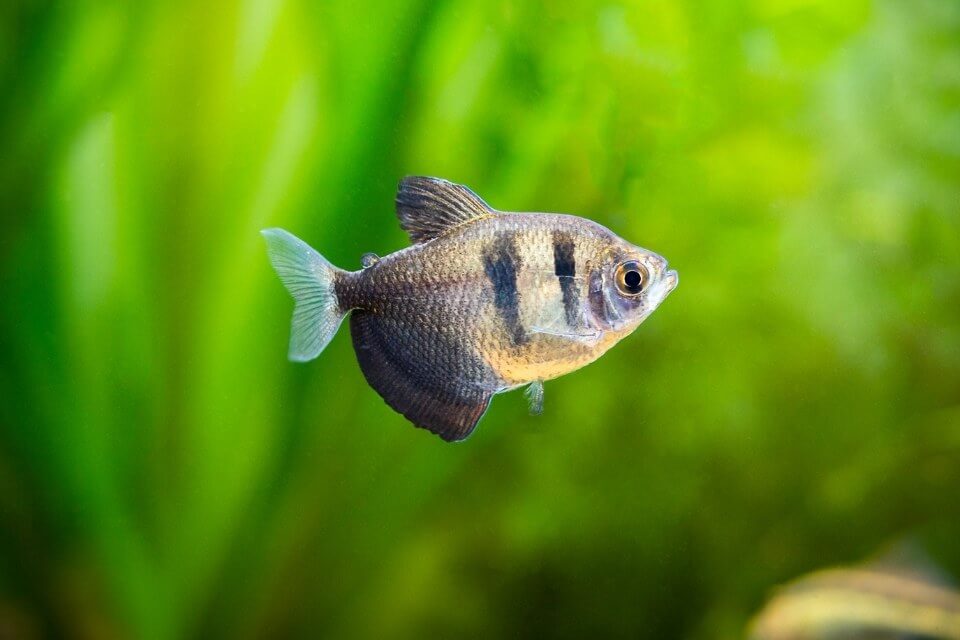
The female has the ability to lay up to 1,000 eggs throughout the tank. Instead of choosing one spot to lay their eggs, Black Skirt Tetras will scatter their eggs throughout the tank. The eggs will then sink to the bottom of the container. As they continue to breed, the eggs will fall through to the bottom, where they will be hidden from the adults. Return the adult fish to the main tank once they’ve finished. In 24 to 36 hours, the eggs will hatch. When the baby fish first emerge, they will feed on the egg sac.
Diets
The black widow tetra is a schooling fish that feeds on tiny crustaceans, insects, and worms. The average lifespan of a Black Skirt Tetra is between 3 and 5 years.

